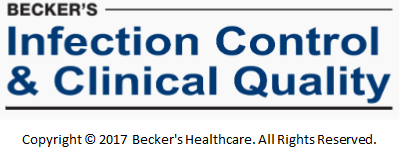
N.B. — This post is one in a series of ten, based on Becker’s Infection Control & Clinical Quality article 10 top patient safety issues for 2017 by Heather Punke & Brian Zimmerman and published on January 18, 2017 (http://patientsafetymovement.org/challenges-solutions/actionable-patient-safety-solutions-apss/).
“Behavioral health management protocols. When patients suffering from mental illness or substance abuse end up in emergency rooms, the experience can be trying for both the patient and providers, and these encounters can sometimes culminate in violence.
In 2016, The New York Times reported an instance of a patient shot at St. Joseph Medical Center in Houston. The incident involved Alan Pean, an unarmed, bipolar patient experiencing mental distress who was shot in his hospital room by security. After being hospitalized, Mr. Pean began repeatedly walking into the hallway naked and employees would then guide him back into the room. The patient was reportedly not aggressive or threatening, but after nurses got him into a gown, he refused to fasten it. The nurses, following protocol, alerted the off-duty Houston police officers providing security that morning. After the officers arrived at Mr. Pean’s room, they entered and closed the door behind them, and a struggle with the officers ensued. Mr. Pean was Tased, shot and handcuffed.
The case helped fuel the debate over the necessity and safety of staffing armed security guards in hospitals. The Times article also cited a study by Gabor Kelen, MD, director of emergency medicine at Johns Hopkins Medical School. The study found 23 percent of all emergency department shootings involved guns stolen from hospital security.
Hospital administrators can protect their organizations and patients from such situations by ensuring that hospital security is adequately trained to handle crises involving confused or aggressive patients.”